Economy will need ongoing stimulus, says CBA
Commonwealth Bank chief executive Matt Comyn says the economy will need substantial ongoing stimulus across many sectors.
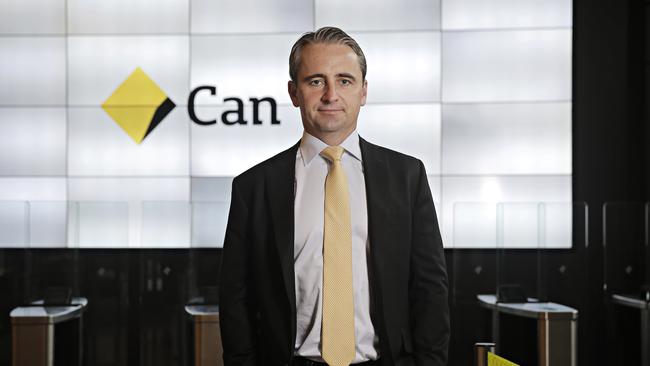
Commonwealth Bank chief executive Matt Comyn says the economy will need substantial ongoing stimulus across many sectors to deal with a prolonged spike in unemployment and help a rebound from the worst recession since the 1930s.
Mr Comyn urged the federal government to take advantage of low borrowing costs to boost confidence, while supporting and spurring activity in industries including energy, transport, skills education, training and public housing.
“As we get into 2021 a number of factors are going to have a huge impact on the economic outlook … the management and the outcomes around coronavirus, the development of a vaccine or effective treatments,” Mr Comyn told The Australian.
“Also, I think how effectively the economy can transition and increase aggregate demand and increase jobs.”
CBA expects the Australian economy will contract 4.2 per cent this calendar year before recovering to 2 per cent growth in 2021, while unemployment will peak at 9 per cent and take “a long period” to retreat from higher levels.
Mr Comyn handed down an 11.3 per cent drop in CBA’s full-year cash profit to $7.3bn on Wednesday and declared its lowest final dividend since 2006, as the pandemic hit the economy and saw expected loan losses swell.
He said while most states had navigated the COVID-19 fallout better than the bank expected, the outlook for Victoria was “more challenged” given a second wave of infections.
CBA has factored in further lockdowns in other parts of Australia into its modelling, is pencilling in a 12 per cent slump in house prices in 2021 and expects more targeted government support.
“There’s been very substantial and effective income support in place, at some point of course that needs to taper, and … investment will be required to try and generate additional jobs in a variety of different sectors or a variety of incentives (need) to be put in place,” Mr Comyn added.
“Even though that’s likely to require further borrowing, fortunately the borrowing costs at the federal level are very low.
“Housing has been surprisingly robust … but we would certainly expect that credit growth will continue to soften as we see unemployment peaking toward the end of this calendar year.”
Even though CBA’s profit fell the bank’s annual report showed Mr Comyn’s pay for last financial year climbed to almost $3.9m, from $3.4m in the previous 12 months. That was despite the forfeiting or lapsing of $1.3m in the previous year’s performance pay.
The next highest paid executive was chief information officer Pascal Boillat at $3.3m.
The results highlighted that CBA’s capital was well above regulatory thresholds and customer deposits accounted for record levels of the bank’s funding. But expected loan losses are a big concern across the sector as the pandemic grips the economy.
The results showed CBA’s loan impairment expense ballooned to $2.5bn for the year due to expectations of COVID-related losses, compared to $1.2bn in financial year 2019. The loan impairment expense included $1.5bn set aside for COVID-19.
Loan deferrals
Mr Comyn highlighted that the number of loans on repayment freezes across CBA had fallen from peak levels and said he was confident “the majority” of customers would exit deferral arrangements in coming months.
The bank said 135,000 home loans, or 8 per cent of mortgage accounts, had repayments paused due to the pandemic as at July 31.
There were 59,000 business loans, or 15 per cent of total CBA balances, on repayment pauses.
CBA’s shares climbed in early trade before reversing the gains to close 0.5 per cent down at $74.34.
The bank’s total operating income edged up 0.8 per cent to $23.76bn, buoyed by growth in home loans and deposits. The net interest margin — what the bank earns on loans less funding and other costs — dipped to 2.07 per cent and will continue to be under pressure from record low official interest rates. The bank’s net interest income rose 2 per cent while other revenue, including fees, declined 4 per cent.
“Although margins remain under pressure, the very high growth in household deposits pointed to the strength in CBA’s core franchise and how consumers are responding to stimulus flowing into their accounts,” said fund manager Martin Currie’s senior analyst Matthew Davison.
“The jury remains out on bad debts with provisioning tracking better than consensus estimates. However, until the true cure rate in the deferred loans plays out, I’m not sure the market will shift from assuming a more pessimistic economic scenario drives bad debts.”
CBA declared a final dividend of 98c, fully franked, adding to an interim payment of $2 per share. The last time CBA paid a dividend under $1 was in 2006.
The sharply lower payment comes after Westpac and ANZ deferred making first-half dividend decisions due to a edict from the banking regulator, while NAB slashed its dividend but still declared one as it also raised capital.
The banking regulator last month provided revised and less-restrictive guidance urging banks to retain at least half their earnings rather than paying chunky dividends. The Australian Prudential Regulation Authority softened its view but still wanted banks to preserve capital.
The earlier guidance, released in April, had been for banks to “seriously consider” deferring decisions on dividends until the pandemic outlook was clearer.
Mr Davison was positive on CBA’s final dividend, which printed above expectations.
“The fact CBA paid out nearly 60 per cent of second-half cash profits, after paying an interim, suggests APRA is not pushing back too hard to well capitalised banks reporting profits,” he said.
The 98c per share payment reflected a dividend payout ratio of 49.95 per cent of the bank’s second-half statutory profit, meeting APRA’s guidance.
But Jefferies analyst Brian Johnson questioned whether CBA’s ability to pay dividends would be reduced as it booked fewer asset sales, because divestments boosted statutory profit.
Mr Comyn shrugged off the concerns, noting a lot of moving pieces and that APRA could provide new dividend guidance in early calendar 2021.
The common equity tier one capital ratio stands at 11.6 per cent, above APRA’s “unquestionably strong” threshold of 10.5 per cent.


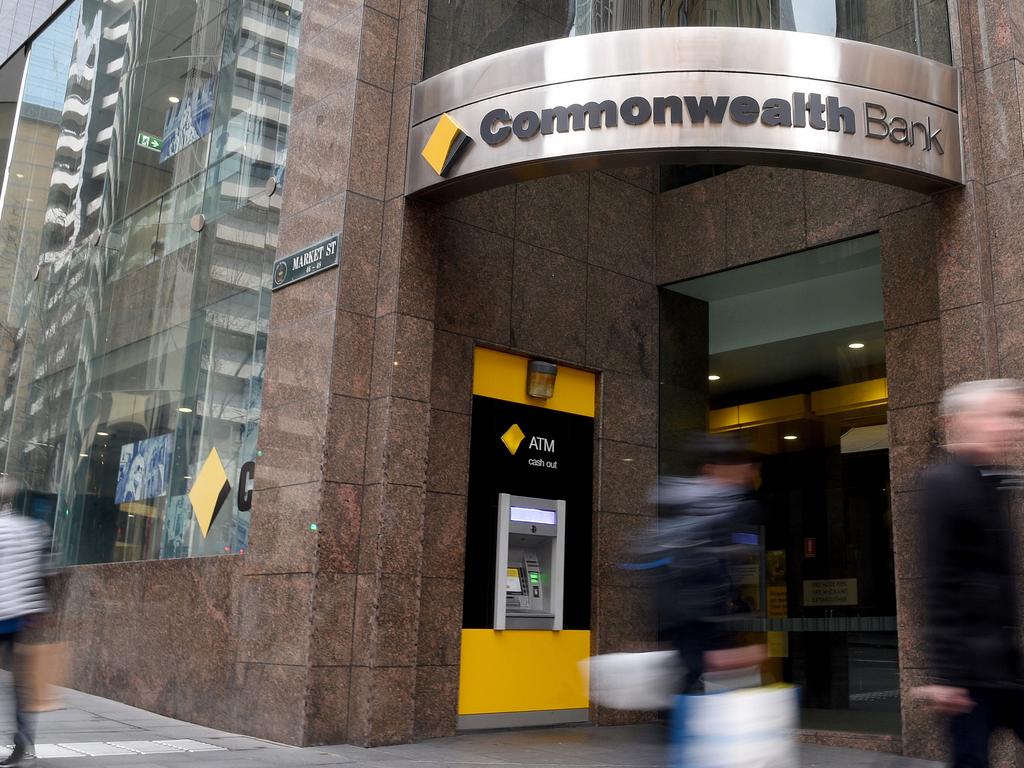
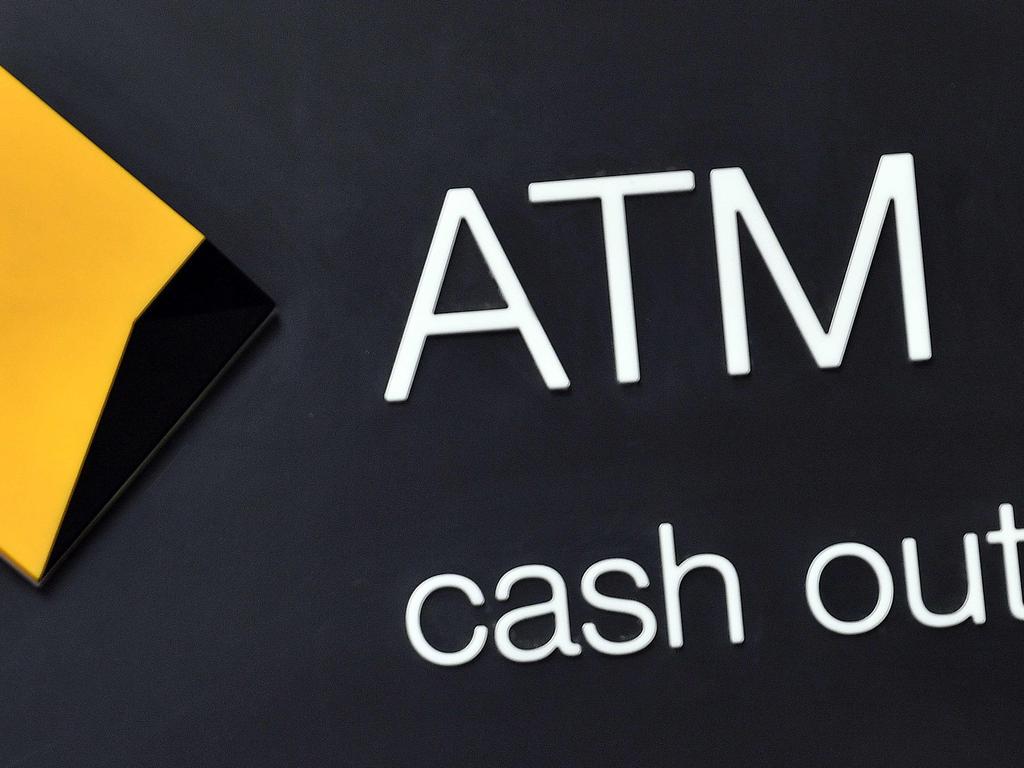
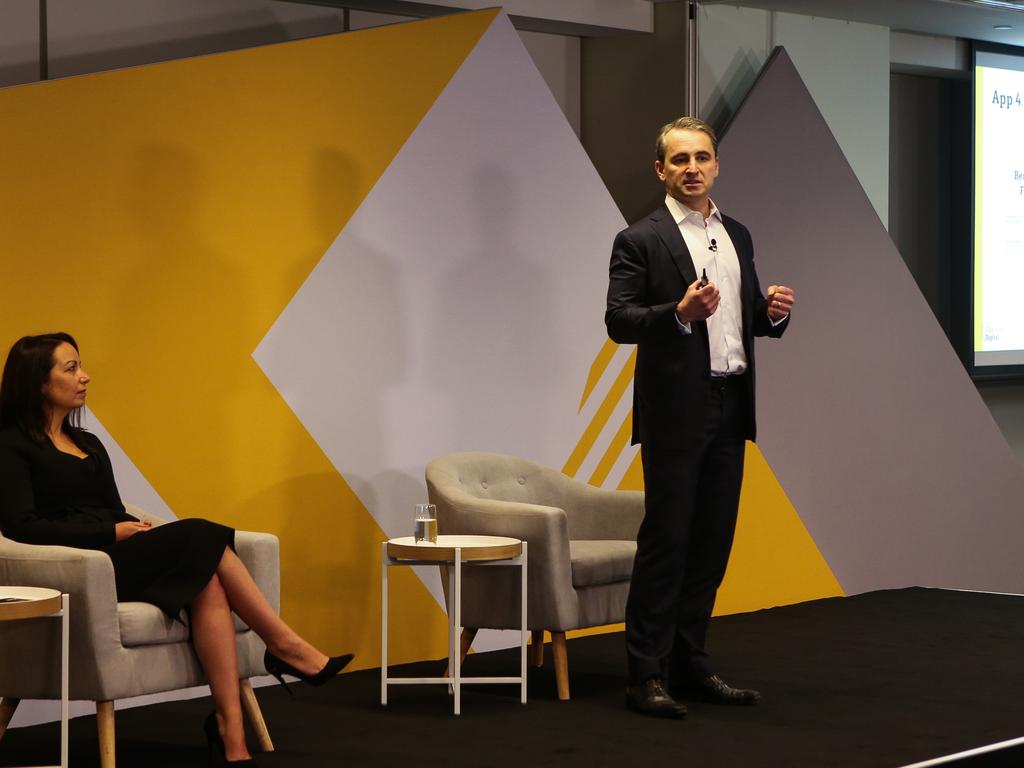
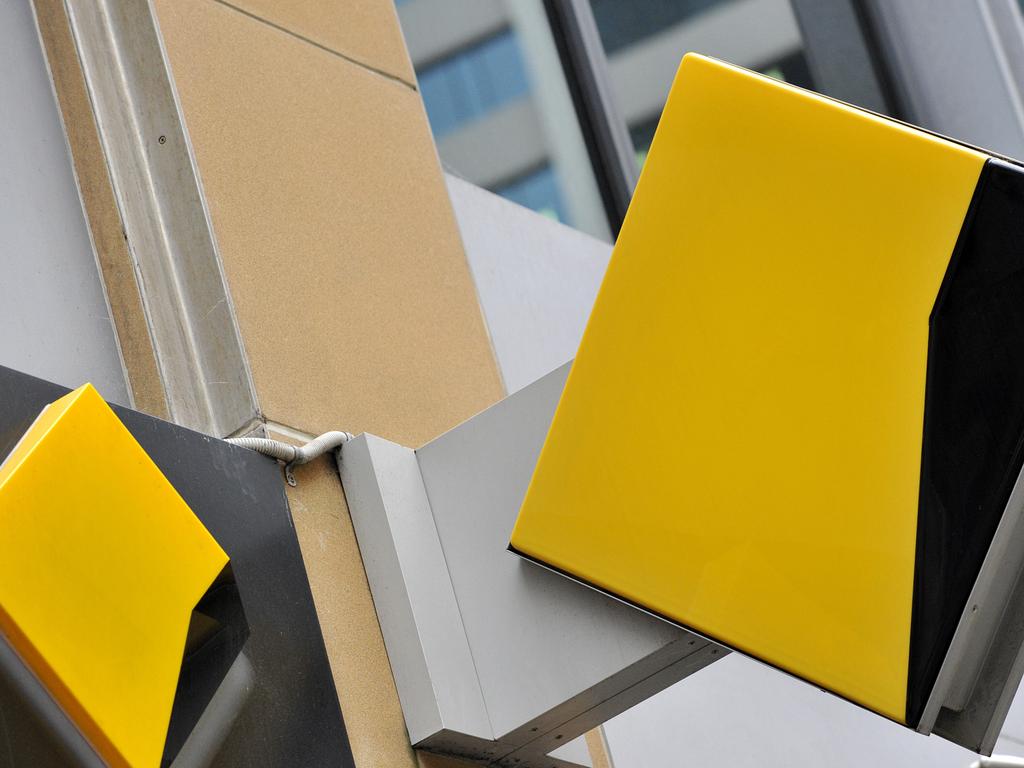

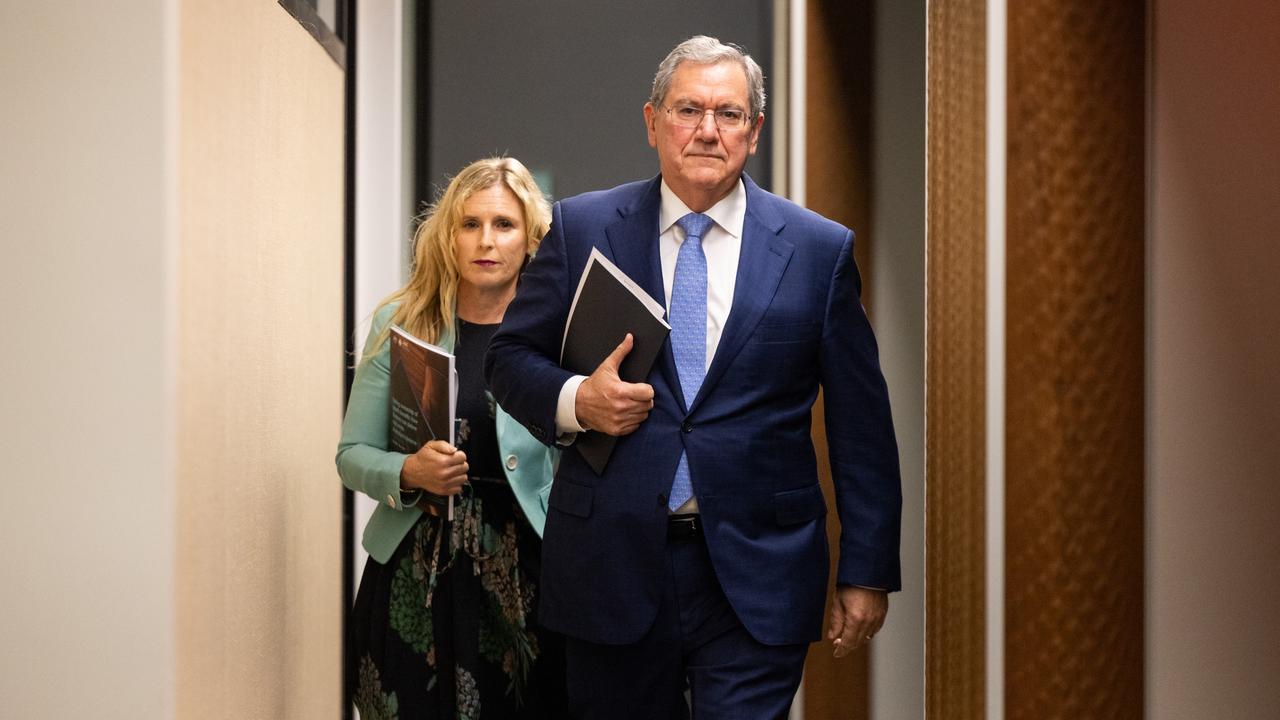
To join the conversation, please log in. Don't have an account? Register
Join the conversation, you are commenting as Logout